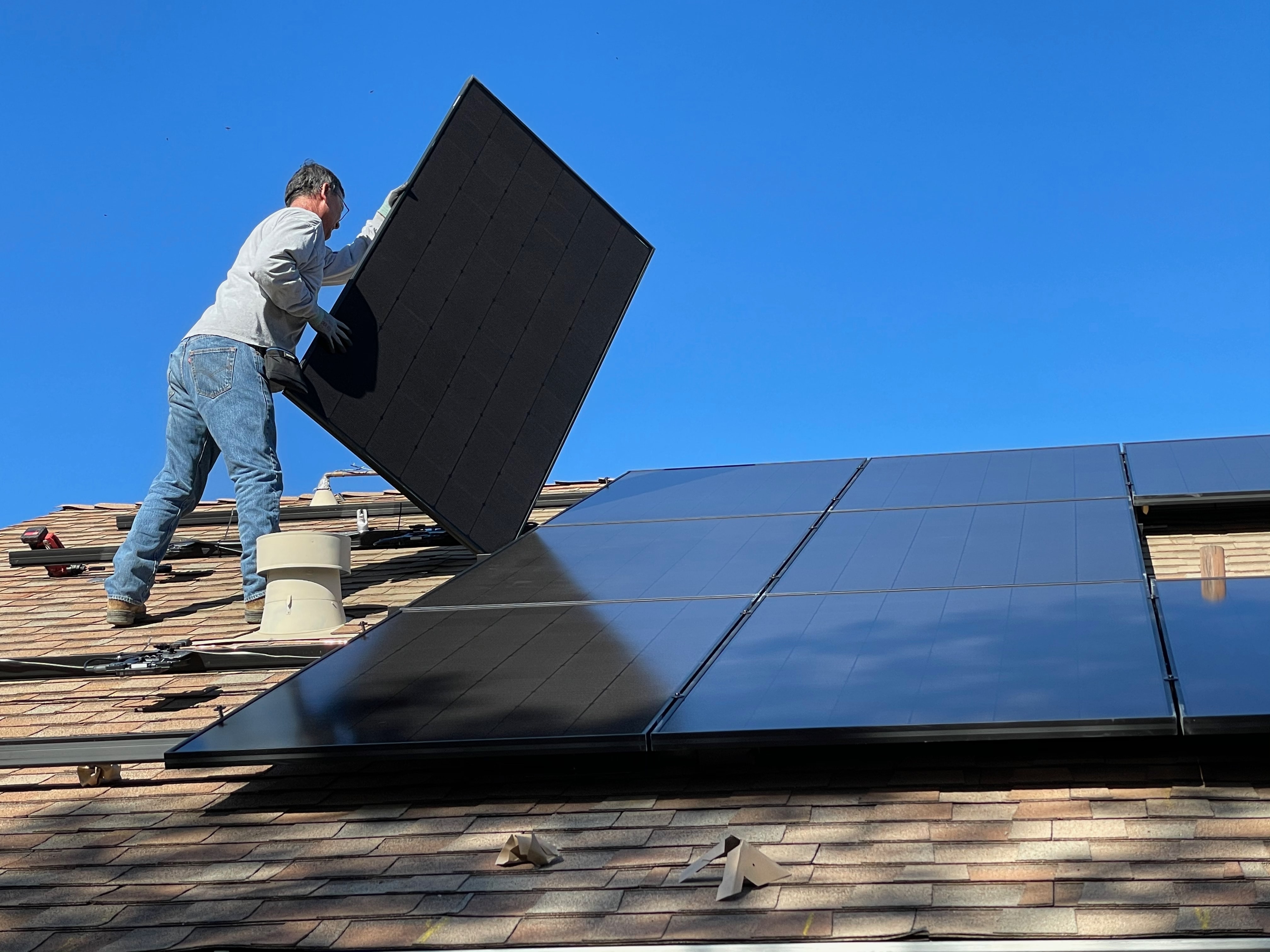how big your residence is
the number of people living there
the type and number of appliances
how frequently the appliances are used
whether you have a pool, spa, air-conditioner or other energy-hungry devices
the climate you live in
The cost of solar energy has drastically reduced over the last few years. This can be attributed mostly to the increasing efficiency of solar cells and falling panel prices. The first silicon solar panel, invented by Bell Labs in 1954, was about 6% efficient. Nowadays panels as efficient as 30% are being manufactured, which produce 25% more electricity than the lower-tier economy panels in the erstwhile market. The cost per watt for solar panels has also reduced drastically over the past couple of decades. However, the complete system price of solar depends upon the type of solar plant, with its different components such as installation, inverter, and balance systems (cables, wiring, etc.).
With a rooftop solar installation, your rooftop can generate your own power and can make you self sufficient in terms of energy needs. Rooftop solar panels for home also offer peace of mind with today’s climate extremes and antiquated electrical grid.
The power output of a rooftop solar panel installation
is dependent on several factors such as:
-
Location:
- Your location determines the amount of solar insolation (sunlight falling on the panel per day). India generally receives 4-7 KWh of solar insolation per square metre. The approximate solar insolation at your location is determined by measuring the latitude and longitude of your location.
- Before installing rooftop solar panels for home, HomeScape measures the amount of solar insolation using on-site sensors during the site survey.
-
Orientation of the roof:
- In the northern hemisphere, a south-facing roof is ideal as the sun is always to the south in the temperate and tropical zones.
- If a south-facing roof is not available an east-west facing roof could also be considered (as it will cover the sun’s movement across the sky from east to west during the day). The output of the rooftop solar panels reduces in proportion to a horizontal angle greater than 15% from due south. We calculate the output and the impact on power generation while installing panels.
- Rooftop solar installations are not restricted to flat roofs – they can be mounted on sloped roofs as well, with a correction in the angle of mounting for the slope of the roof.
-
Panel efficiency:
- The efficiency of the panel is calculated as the ratio of the capacity of the panel (kWp) to the size (area) of the panel (sq. metre), expressed as a percentage.
-
Ambient temperature
- Solar panel temperature is an often ignored but critical parameter in a tropical country like India. Though it might seem counter-intuitive, rooftop solar panels generate less power in hot summers as the heat reduces their efficiency. If you live in an area with exceedingly hot temperatures during the summer months you may find that your rooftop solar panel installation efficiency increasing in the winter.
Team HomeScape helps you choose the most suitable solution for your home.
Contact us now!]]>



